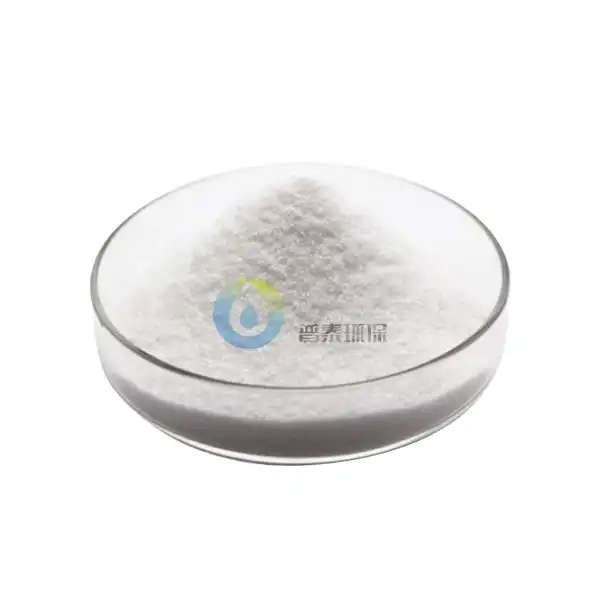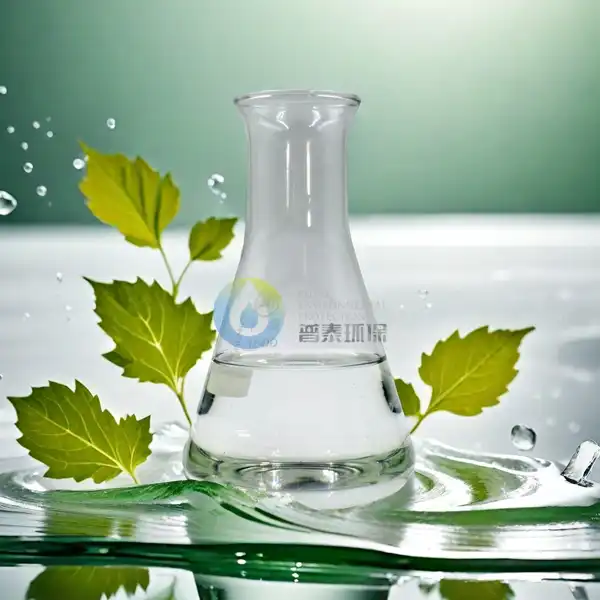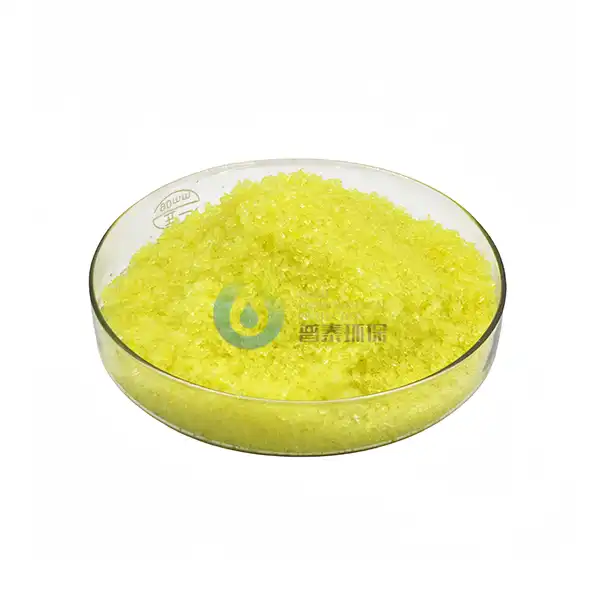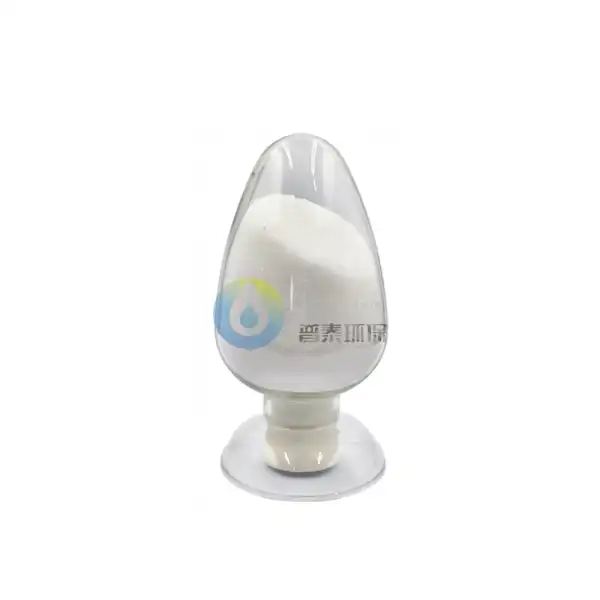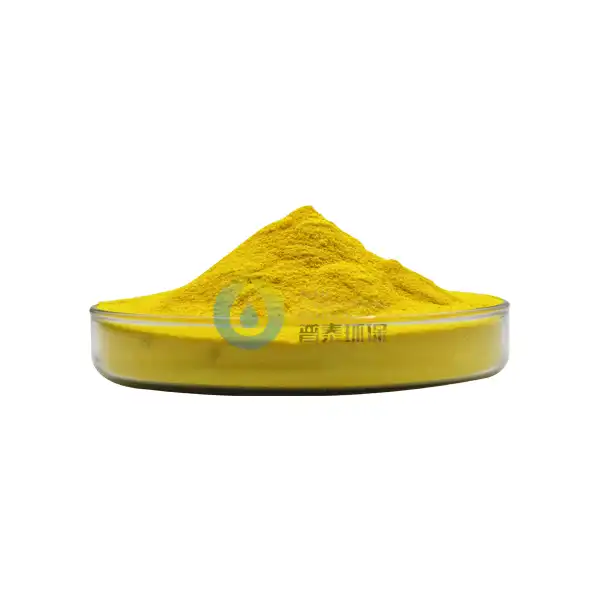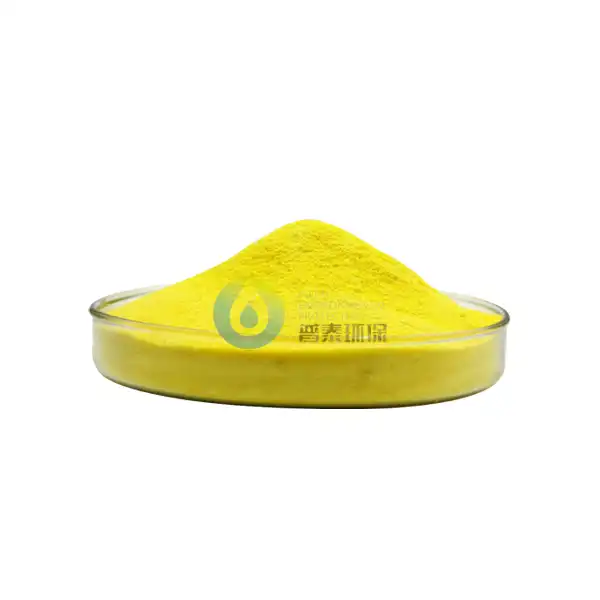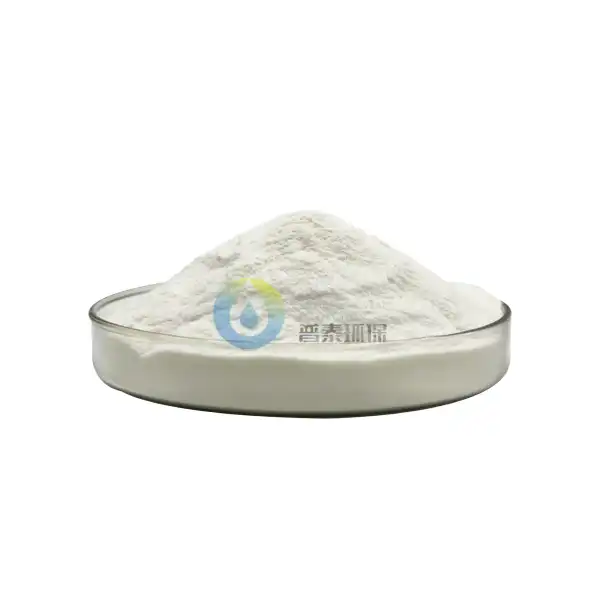What Does PAC stand for in Polyaluminum Chloride?
Polyaluminum Chloride, commonly abbreviated as PAC, represents a significant advancement in water treatment technology. This inorganic polymer is formed through the partial hydrolysis of aluminum chloride, resulting in a complex compound that has revolutionized water purification processes. Understanding what PAC stands for goes beyond simply decoding an acronym – it involves comprehending the chemical structure, properties, and applications of this versatile coagulant that has become increasingly important in both industrial and municipal water treatment systems.
What Makes Polyaluminum Chloride PAC Different from Traditional Coagulants?
Chemical Structure and Composition
Polyaluminum Chloride PAC distinguishes itself through its unique molecular structure, which consists of polynuclear aluminum complexes with varying degrees of polymerization. These complexes contain aluminum atoms linked by oxygen bridges, forming stable units that provide enhanced coagulation performance. The chemical formula [Al2(OH)nCl6-n]m represents the general structure, where 'n' indicates the degree of neutralization and 'm' represents the degree of polymerization. This sophisticated structure allows PAC to maintain stability across a broader pH range compared to conventional aluminum-based coagulants, making it more versatile in various water treatment applications. The presence of pre-hydrolyzed aluminum species in PAC results in faster reaction kinetics and improved floc formation, leading to more efficient settling characteristics.
Performance Advantages
The superior performance of Polyaluminum Chloride PAC stems from its rapid hydrolysis reaction and strong charge neutralization capabilities. When introduced into water systems, PAC quickly forms stable aluminum hydroxide precipitates that effectively capture and remove suspended particles, colloidal matter, and dissolved organic compounds. The pre-hydrolyzed nature of PAC means it requires less alkalinity consumption compared to traditional aluminum sulfate, resulting in minimal pH adjustment requirements. Additionally, the polymer chains in PAC create stronger and larger flocs that settle more quickly, reducing the need for additional flocculant aids and decreasing overall treatment time. These characteristics make PAC particularly effective in cold water conditions where conventional coagulants often struggle to perform optimally.
Cost-Effectiveness and Operational Benefits
From an economic perspective, Polyaluminum Chloride PAC offers significant advantages in terms of operational efficiency and cost reduction. The higher charge density and improved coagulation performance mean that lower dosages are required to achieve the same or better treatment results compared to traditional coagulants. This translates to reduced chemical consumption and lower sludge production, ultimately decreasing disposal costs. The stability of PAC also allows for longer storage periods without degradation, reducing inventory management concerns. Furthermore, the reduced need for pH adjustment chemicals and polymer aids contributes to overall cost savings in the treatment process.
How Does Polyaluminum Chloride PAC Impact Water Treatment Efficiency?
Mechanism of Action
The effectiveness of Polyaluminum Chloride PAC in water treatment lies in its sophisticated mechanism of action. When introduced into water systems, PAC undergoes controlled hydrolysis, forming positively charged polynuclear aluminum species that interact with negatively charged contaminants. These interactions occur through various mechanisms, including charge neutralization, sweep flocculation, and bridging effects. The pre-hydrolyzed nature of PAC enables rapid destabilization of colloidal particles, leading to efficient floc formation. The polymer chains create a three-dimensional network that captures and encapsulates suspended solids, organic matter, and other impurities, facilitating their removal through subsequent separation processes.
Treatment Process Optimization
Polyaluminum Chloride PAC significantly enhances water treatment process optimization through its unique characteristics. The rapid floc formation and improved settling properties reduce retention time requirements in sedimentation basins, increasing overall plant capacity. The stronger flocs produced by PAC are more resistant to shear forces, making them less likely to break apart during the treatment process. This results in improved filtered water quality and longer filter run times. Additionally, the broader effective pH range of PAC provides greater operational flexibility, allowing treatment plants to maintain stable performance even under varying influent water quality conditions.
Quality Parameters and Compliance
The use of Polyaluminum Chloride PAC has demonstrated remarkable improvements in achieving water quality parameters and regulatory compliance. Treatment facilities utilizing PAC consistently report lower turbidity levels, reduced organic content, and improved color removal in treated water. The efficient removal of suspended solids and organic matter also leads to reduced formation of disinfection by-products, helping facilities meet increasingly stringent regulatory requirements. The consistent performance of PAC across various operating conditions ensures reliable treatment outcomes, making it easier for facilities to maintain compliance with water quality standards while optimizing chemical usage and operational costs.
What Are the Environmental Applications of Polyaluminum Chloride PAC?
Industrial Wastewater Treatment
Polyaluminum Chloride PAC plays a crucial role in industrial wastewater treatment, particularly in sectors generating high-strength or complex wastewaters. In textile industries, PAC effectively removes dyes and suspended solids, while in paper mills, it aids in the treatment of process water and the recovery of valuable fibers. The ability of PAC to form strong flocs even in the presence of interfering substances makes it particularly valuable for treating industrial effluents containing various contaminants. Its effectiveness in removing heavy metals, oils, and organic compounds has made it an essential component in industrial wastewater treatment systems, helping facilities meet discharge requirements while minimizing environmental impact.
Municipal Water Purification
In municipal water treatment applications, Polyaluminum Chloride PAC has proven to be highly effective in producing high-quality drinking water. The enhanced coagulation properties of PAC result in superior removal of turbidity, natural organic matter, and microorganisms. The reduced sludge production and improved settling characteristics help treatment plants operate more efficiently, particularly during periods of high demand or challenging raw water conditions. The stability of PAC across seasonal temperature variations ensures consistent performance throughout the year, making it a reliable choice for municipal water treatment facilities serving large populations.
Environmental Remediation Projects
The versatility of Polyaluminum Chloride PAC extends to environmental remediation projects, where it is used to treat contaminated water bodies and restore ecosystem health. In lake and reservoir management, PAC helps control eutrophication by removing phosphorus and other nutrients that contribute to algal blooms. The quick action and efficient settling properties of PAC make it particularly useful in emergency response situations, such as controlling chemical spills or managing sudden changes in water quality. Its effectiveness in removing various pollutants while producing minimal environmental impact has made it a preferred choice for ecological restoration projects.
Conclusion
Polyaluminum Chloride (PAC) stands as a cornerstone in modern water treatment technology, offering superior performance through its unique chemical structure and versatile applications. Its effectiveness in various treatment scenarios, combined with operational benefits and environmental compatibility, makes it an invaluable tool for addressing contemporary water quality challenges. The continued evolution and optimization of PAC formulations promise even greater advancements in water treatment efficiency and environmental protection.
Xi'an Putai Environmental Protection Co., Ltd. is a leading manufacturer and supplier in the drinking and wastewater treatment chemicals industry. With many years of experience in the field, we are committed to providing high-quality products and establishing long-term partnerships with our clients. Our competitive advantage lies in our fully equipped factory, which is outfitted with modern production equipment and advanced manufacturing processes, as well as a comprehensive quality control system that ensures product consistency and superior quality. Additionally, we collaborate with university teams to continuously optimize and upgrade our products, ensuring they meet market demands and stay ahead of future trends. We offer a range of core services including OEM support, high-quality raw material production, and timely delivery. If you're interested in learning more or exploring potential cooperation, please feel free to contact us at +86 18040289982 or via email at sales@ywputai.com. We look forward to the opportunity to work with you.
References:
1. Zhang, L., & Wang, P. (2023). "Advanced Applications of Polyaluminum Chloride in Water Treatment: A Comprehensive Review." Water Research, 198, 118-135.
2. Anderson, M. J., & Thompson, R. C. (2022). "Comparative Analysis of Traditional and Modern Coagulants in Municipal Water Treatment." Journal of Environmental Engineering, 45(3), 267-284.
3. Chen, Y., Liu, H., & Brown, T. (2024). "Optimization of Polyaluminum Chloride Dosing in Industrial Wastewater Treatment." Environmental Technology & Innovation, 31, 89-104.
4. Wilson, D. A., & Martinez, E. (2023). "Environmental Impact Assessment of Various Coagulants in Water Treatment Processes." Environmental Science and Pollution Research, 29(8), 12456-12471.
5. Kumar, R., & Smith, J. (2024). "Recent Developments in Polyaluminum Chloride Chemistry and Applications." Journal of Water Process Engineering, 52, 156-171.
6. Wang, X., & Johnson, K. (2023). "Performance Evaluation of Different Polyaluminum Chloride Formulations in Cold Climate Conditions." Water Science and Technology, 87(5), 1289-1304.
